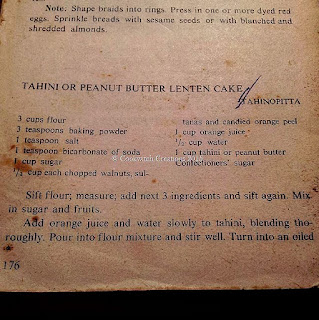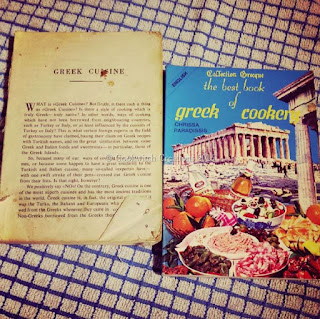Here it is... as requested by many, many people. The Josordoni Claudia Roden Orange x Tarta Santiago F1 hybrid cross cake as presented to, and approved by, Sr Jose Pizarro at Thane Prince's inimitable Cook Book Club.
I warn you now, it uses rather a lot of different whisks and processors and stuff. So make sure the dishwasher is empty, or that the sink is full of soapy water in readiness.
125-130g orange pulp (roughly equivalent to the pulp of one orange)Firstly, make your orange pulp in advance as you will want it to cool. Because of the amount of time and energy used, I boiled 5 medium sized oranges, then pulped them, cooled the pulp, split it into 5 and froze in individual portions. You need to cover your whole, unpeeled oranges with water and boil for approx 2 hours until a skewer will go through the orange with no effort at all - you can pressure cook for 20 mins if you prefer.
100 g ground almonds
100g ground roast hazelnuts
50g chopped roast hazelnuts
250g caster sugar - split into 2 portions of 125g each
Zest of 2 oranges
quarter teaspoon vanilla extract
quarter teaspoon orange extract - the best you can find, if you don't have an excellent one then omit it.
2 teaspoon orange flower water
5 eggs, separated
Slice the oranges in half horizontally, and flick out any pips. Check the little stalk buttons have been removed.
Put the oranges into a food processor and process until you can no longer see any large pieces of peel through the side of the processor bowl.
Allow to cool, then remove 130g for today, and portion and freeze the remainder. I made my cake with frozen and defrosted pulp to check it would work ok; it is fine. You will find as it defrosts that the juice separates out a bit, but just use a fork to mix it all together again.
Grease and line (base and sides) a cake tin, either an 8" square or an 8" springform, depending on what you have.
Preheat the oven to Gas mark 4 180F 160C In a clean and dry food processor, put the ground nuts and one portion of sugar and blitz it together to get rid of any lumps and blend the two together nicely. Then add the chopped hazelnuts. Put this mixture to one side, and get rid of the food processor. You won't need it again, and it takes up a lot of room.
Next, I like to use a hand held mixer for whisking the egg whites and yolks. You can use a stand mixer if you like, but I find that a hand held is easier, as I need to have the eggs in two different bowls, and I only have one bowl that fits my Kenwood. You want clean dry beaters for the egg whites, so I do them first. The slight separation in the meringue whilst you whisk up the egg yolks won't make too much difference. If you have two sets of whisks, you could do the yolks first, then you'd be sure you wouldn't lose any bulk in the whites. Your choice.
Whisk up the egg whites, then, to a nice, thick meringue, but stop before it gets to stiff peaks. (You want a bit stiffer than soft peaks, but they should still have a bit further to go. This means they still are able to expand in the oven, and this helps the cake to rise and not have a sad middle bit. )
In an another bowl, mix the egg yolks with the 2nd portion of caster sugar, until they are thick and form a ribbon that stays on the surface for a moment when you lift the whisk. They don't need to be a really white mousse, you don't want the egg whites to wait around too long if you don't have two whisks...
Thoroughly fold the orange pulp, the zest, the essences and the orange flower water into the egg yolk mixture. Add the nut/sugar mixture and fold in. Add 2 tablespoons of egg white and mix this in thoroughly, to help slacken the mixture. Then add all the rest of the egg whites in one go, and fold in carefully. You want to lose as little bulk as possible - these are your only raising agent, after all. The mixture should look very airy and mousse like.
Pour the mixture into the prepared cake tin, it shouldn't be very deep - too thick and it takes an age for the middle to cook, which makes the edges dry out too much. Put the tin on a central shelf, and cook for 30-35 minutes - a skewer should come out clean from the middle of the cake, and it should have shrunk very slightly from the edges.
Cool in the tin, it is too fragile to turn out when it is warm. Dredge with icing sugar when it is fully cold.
This is glorious served with orange fillets in caramel (I used the oranges I took the zest from), with a scoop of Greek yoghurt, or vanilla icecream.
Do try this, and let me know what you think!













